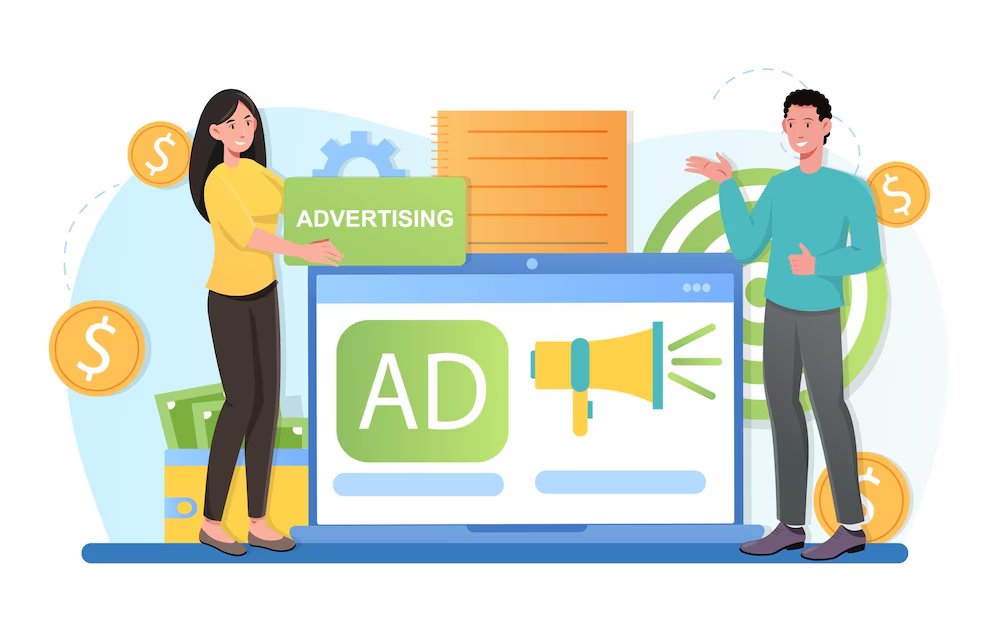New to paid advertising? Best practices for Google Ads campaigns can be the key to avoiding wasted budget and an effective campaign. Adhering to these best practices will have you getting higher-quality leads, assist in ad spend management, and return improved investment returns (ROI).
Prior to jumping into best practices, let’s make sure we are all on the same page as regards the basics:

Without clear objectives, it’s hard to measure success. Define whether you want:
Use tools like Google Keyword Planner or Ahrefs to find low-competition, high-search volume keywords.
Focus on long-tail keywords for better targeting and lower costs.
Great ad copy grabs attention fast. Use your main keyword early and include:
“Get Affordable Digital Marketing Services Today! Boost Your Sales with Experts.”
Even if your ad gets a click, a poor landing page can kill the sale.
Ensure your landing pages are:

Ad extensions make your ads bigger and provide additional information, increasing click-through rates (CTR).
Don’t blow your entire budget at once. Start small, track performance, and scale campaigns that work.
Set a schedule to check your ads every 2–3 days. Look for:
Quality Score impacts both your ad placement and cost. Improve it by:
Reach out again to users who visited your website but didn’t convert.
Remarketing ads can significantly boost conversion rates at a lower cost.
Always A/B test different:

Adding negative keywords filters out irrelevant traffic and improves campaign efficiency.
Overly broad targeting wastes money. Niche targeting gets better-qualified leads.
Using these best practices when running Google Ads campaigns will provide maximum ROI, get through the learning curve, and achieve your business goals much sooner. Be patient, be analytical and be prepared to change your campaigns based on real data. Google Ads isn’t about how much money you spend, it’s about how you spend it!